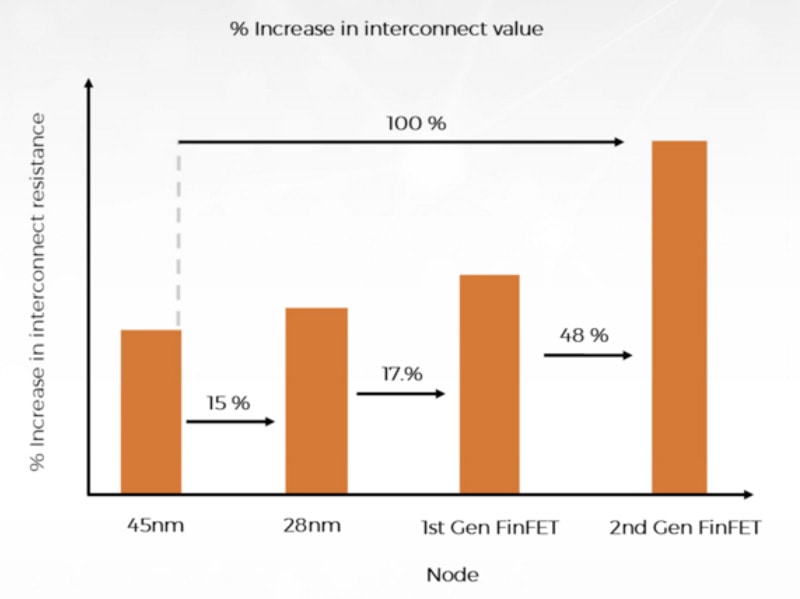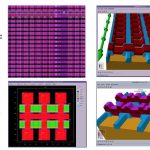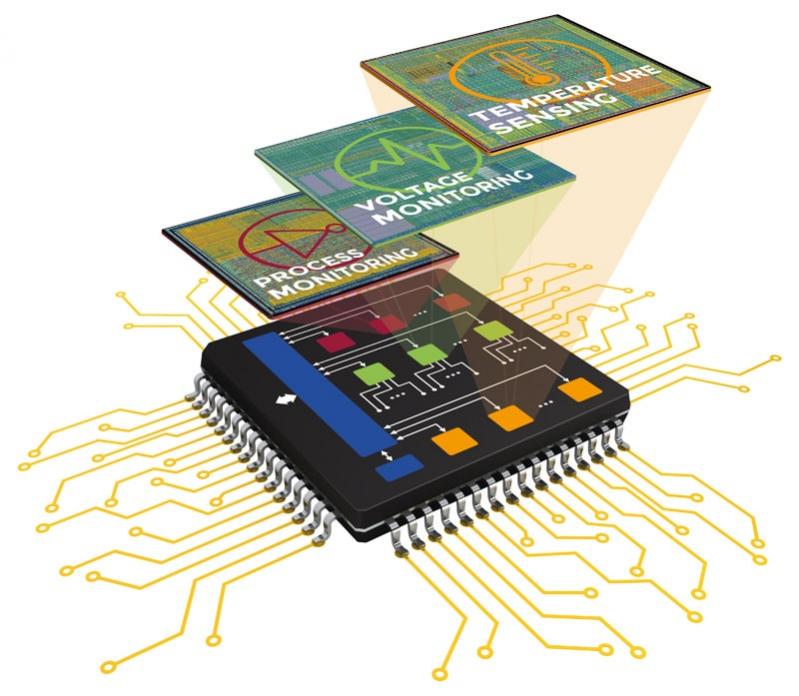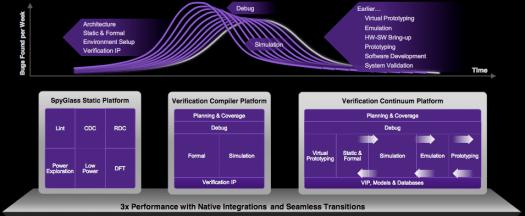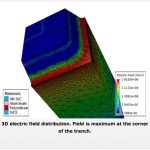Webinars are a quick way to come up to speed with emerging trends in our semiconductor world, so I just finished watching an interesting one from Moortec about the benefits of embedded in-chip monitoring for Data Center and AIchip design. My first exposure to a data center was back in the 1960s during an elementary school class where… Read More
Tag: webinar
Monitoring Process, Voltage and Temperature in SoCs, webinar recap
Have you ever wondered how process variation, thermal self-heating and Vdd levels affect the timing and yield of your SoC design? If you’re clock specification calls for 3GHz, while your silicon is only yielding at 2.4GHz, then you have a big problem on your hands. Such are the concerns of many modern day chip designers. To… Read More
Free Webinar: Silvaco 3D Solver Based Extraction for Device and Circuit Designers
Designers spend a lot of time looking at their layouts in 2D. This is done naturally because viewing in 2D is faster and simpler than in 3D. It helps that humans are good at extrapolating from 2D to 3D. Analysis software, such as extraction software also spend a lot of time looking at layouts in 2D. While this is fine for approximate results,… Read More
Webinar Alert – Embedded Monitoring of Process and Voltage in SoCs
In the old days to learn about new semiconductor IP you would have to schedule a sales call, listen to the pitch, then decide if the IP was promising or not. Today we have webinars which offer a lot less drama than a sales call, plus you get to ask your questions by typing away at the comfort of your desk, hopefully wearing headphones as … Read More
Free Webinar on Standard Cell Statistical Characterization
Variation analysis continues to be increasingly important as process technology moves to more advanced nodes. It comes as no surprise that tool development in this area has been vigorous and aggressive. New higher reliability IC applications, larger memory sizes and much higher production volumes require sophisticated yield… Read More
Embedded In-chip Monitoring, Webinar Recap
Six years ago I first interviewed Stephen Crosher, CEO and Co-founder of Moortecas they were in startup mode with some new semiconductor IP for temperature sensing, and earlier this month I attended their webinar all about embedded in-chip monitoring to get caught up with their technology and growing success. Ramsay Allen is … Read More
Shifting Left with Static and Formal Verification
Unless you have been living in a cave for the last several years, by now you know that “Shift Left” is a big priority in product design and delivery, and particularly in verification. Within the semiconductor industry I believe Intel coined this term as early as 2002, though it seems now to be popular throughout all forms of technology… Read More
Making Your Next Chip Self-Aware
One holy grail of AI software developers is to create a system that is self-aware, or sentient. A less lofty goal than sentient AI is for chip designers to know how each specific chip responds to Process variations, Voltage levels and Temperature changes. If a design engineer knew exactly which process corner that each chip was fabricated… Read More
Using a TCAD Tool to simulate Electrochemistry
In college I took courses in physics, calculus, chemistry and electronics on my way to earn a BSEE degree, then did an 8 year stint as a circuit designer, working at the transistor level and interacting with fab and test engineers. My next adventure was working at EDA companies in a variety of roles. As a circuit designer I knew that … Read More
Webinar on Electrochemistry and how it affects Semiconductor devices
My educational background is Electrical Engineering and I’ve learned a lot since starting in the industry back in 1978 while working on bipolar, NMOS and CMOS technology, designing DRAM, data controller and GPU devices. I continue to learn about the semiconductor industry through daily reading and attending trade shows… Read More



